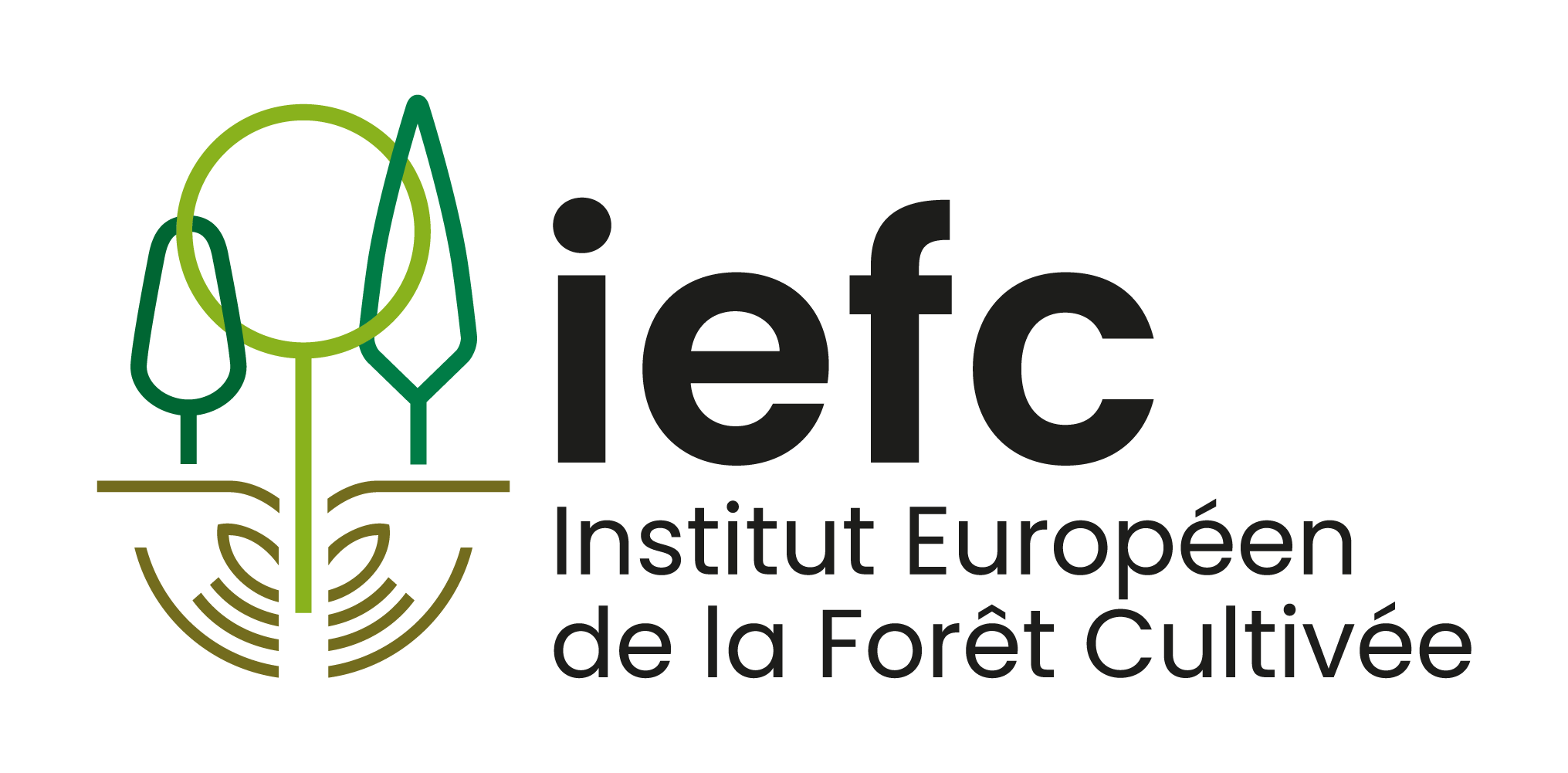Under the scope of the MARCSMAN project, a PhD study focusing on snow and wind damage in actively managed Norway spruce forests in Norway has been started by Peter Zubkoc in NIBIO. The student will be working with Barry Gardiner, the risk work package leader, at IEFC in order to familiarize himself with the ForestGales wind damage risk model, which predicts the critical wind speed required to damage individual trees. The trade- off in stand density to max imize yield but minimize the risk of snow and wind damage will be one of the objectives of this study.
imize yield but minimize the risk of snow and wind damage will be one of the objectives of this study.
peter Zubcock, MARCSMAN PhD
During the PhD, ForestGALES will be used to predict where, and in what quantities, trees will be damaged at different wind speeds to simulate the effects of a 100 year storm on infrastructure and society in the Oslo area (e.g. impact of tree damage to communications, power supplies and infrastructure in civil response planning following severe storms). A complete dataset with 20 years of annual records of approximately 45,000 single trees across Norway will be used providing a unique opportunity to fully test the ForestGALES model and to adjust the model parameters to give the highest possible accuracy for predicting wind and snow damage to European forests now and into the future.
Overall, the MARCSMAN project will help to develop strategies for forest management that balance productivity and carbon sequestration against different risks in the future climate. The project outputs will be of value to all foresters and forest managers, including IEFC members, seeking to develop strategies for sustainable forestry in an uncertain future climate ( https://www.efi.int/sites/default/files/files/publication-bank/2019/efi_fstp_9_2019.pdf ).
Author: Barry Gardiner, senior scientist IEFC

